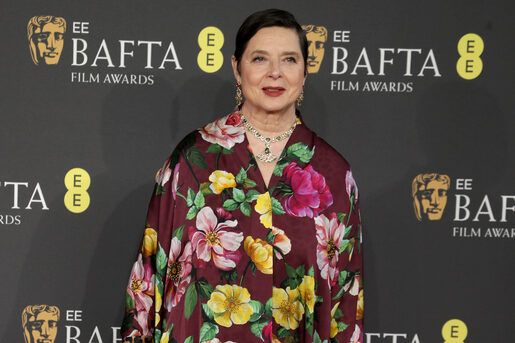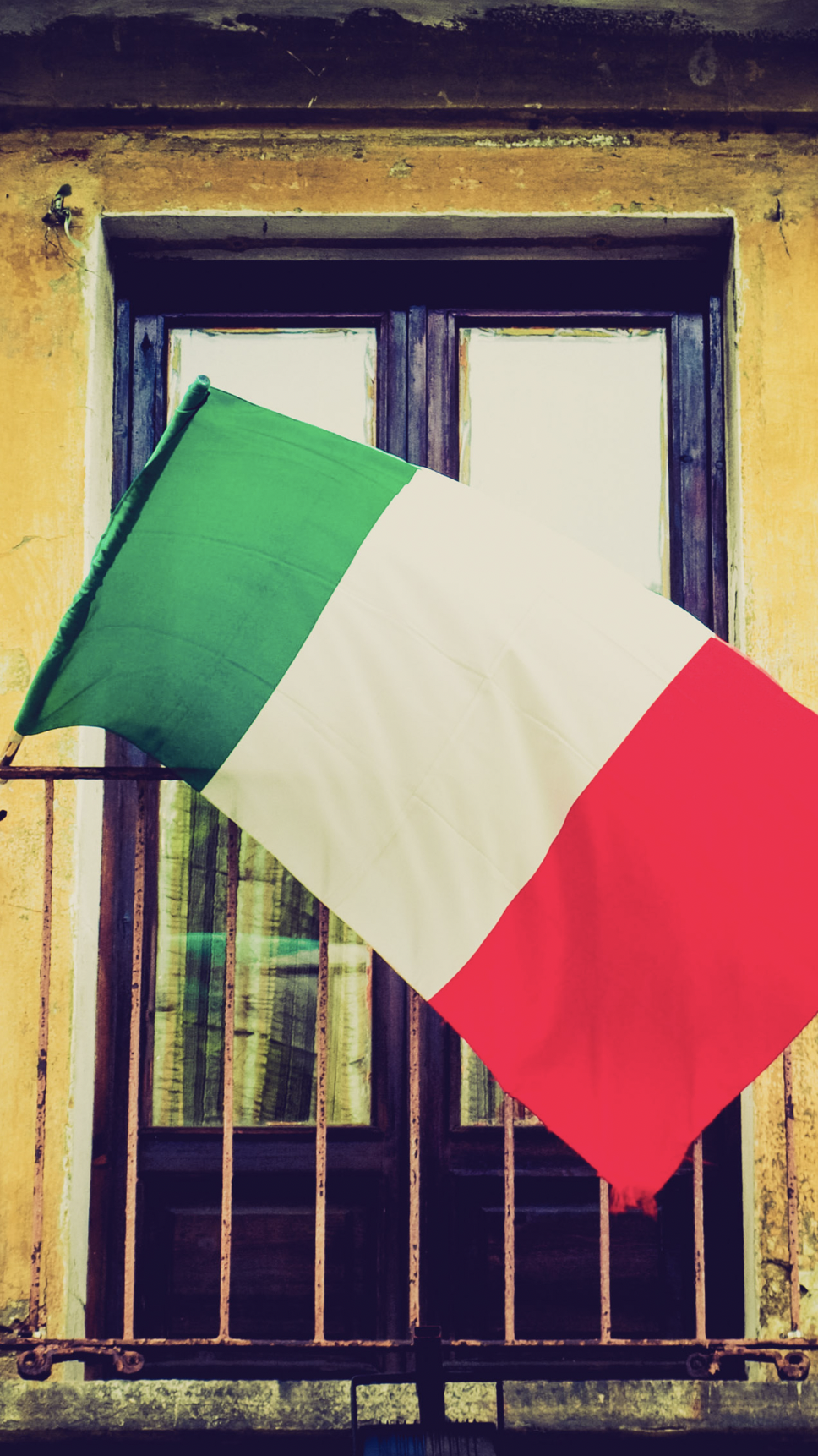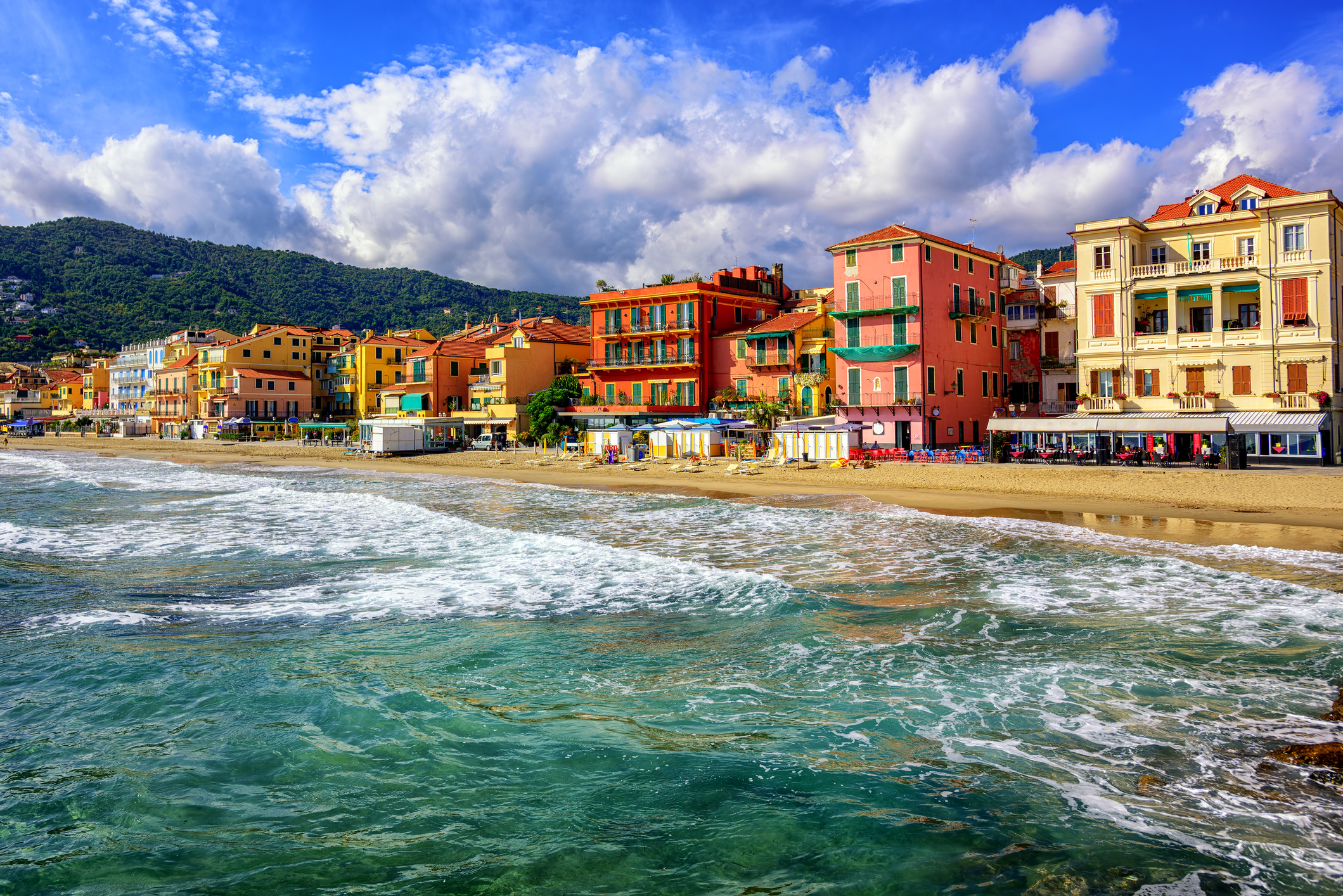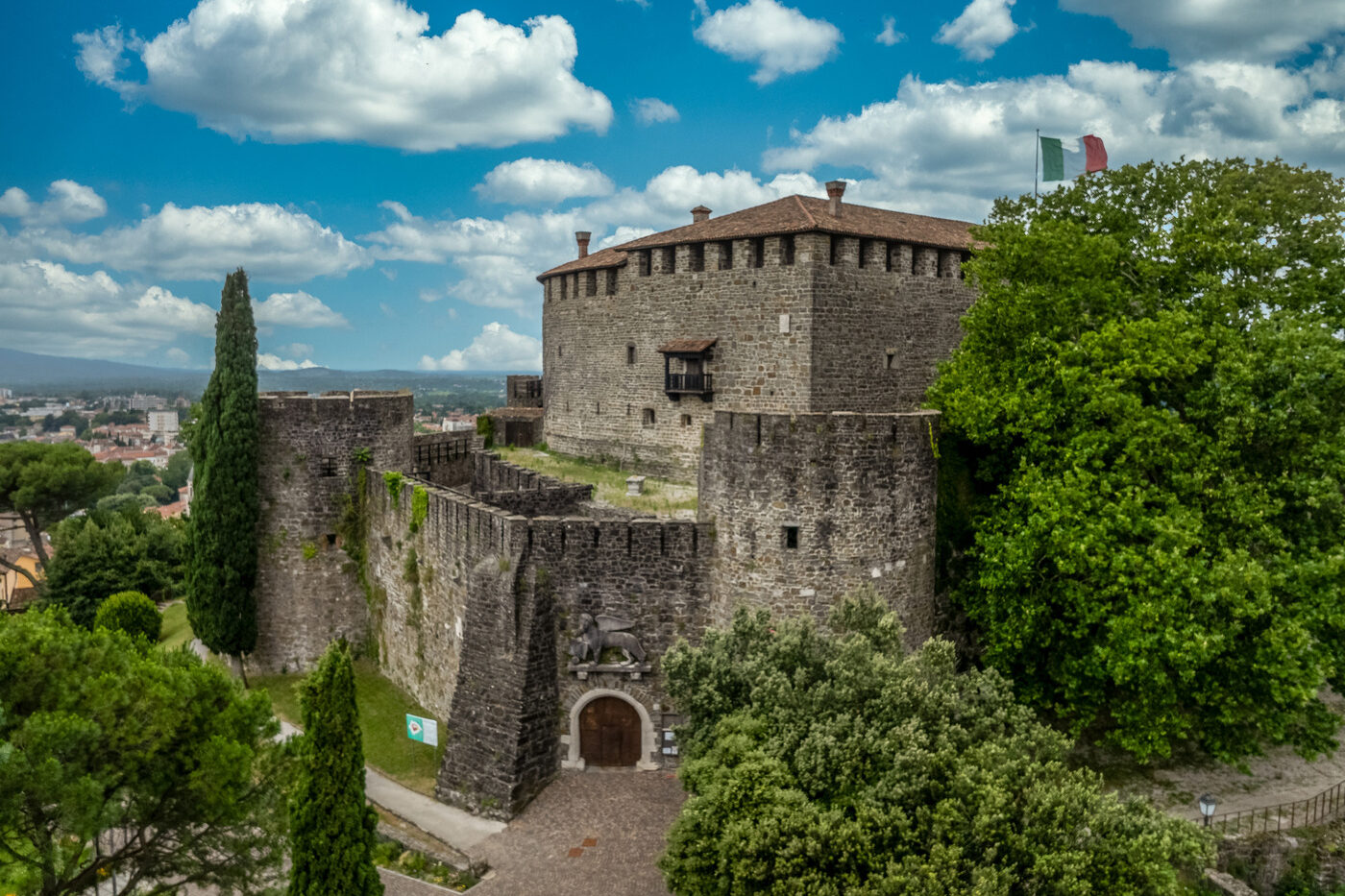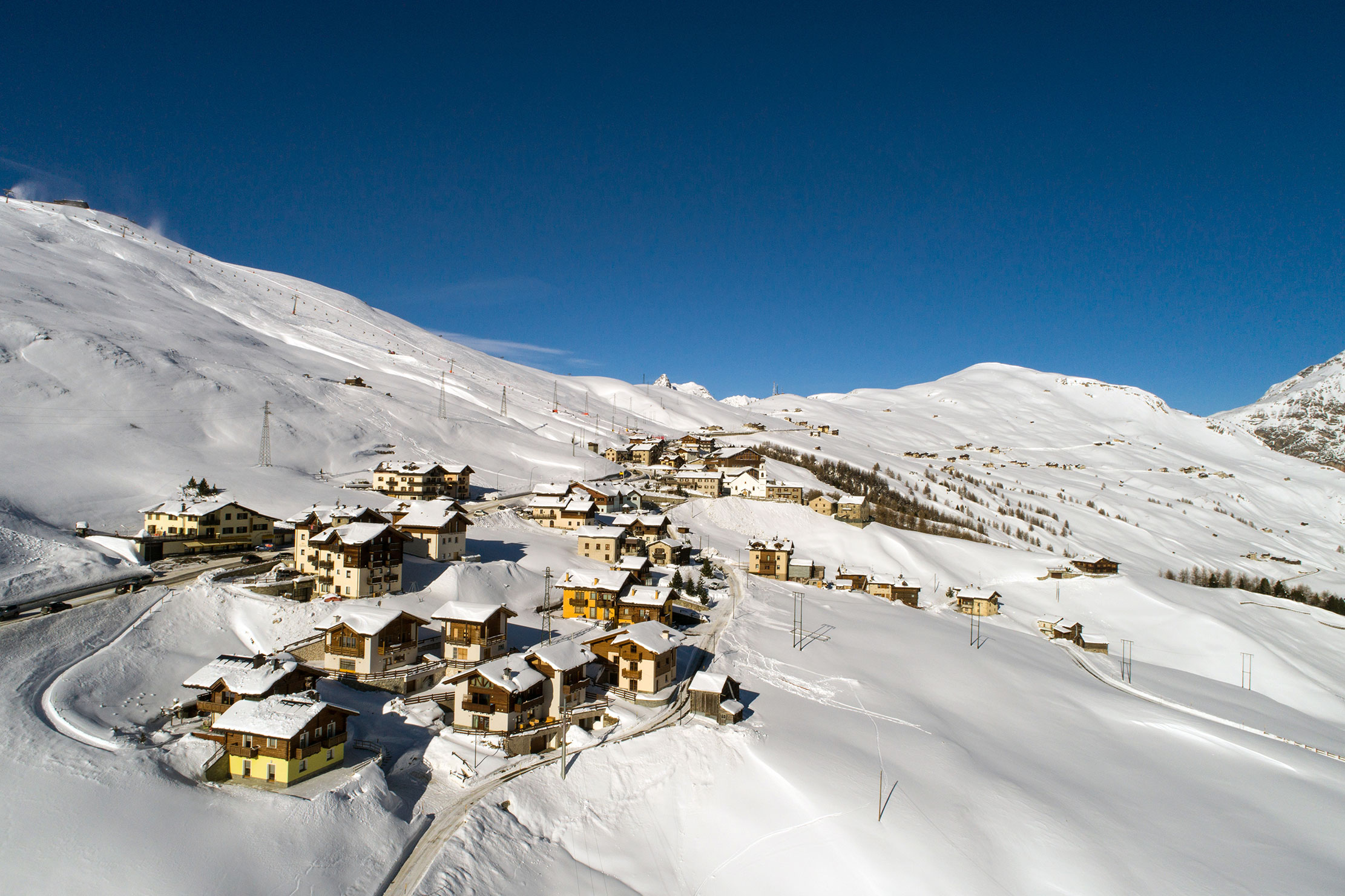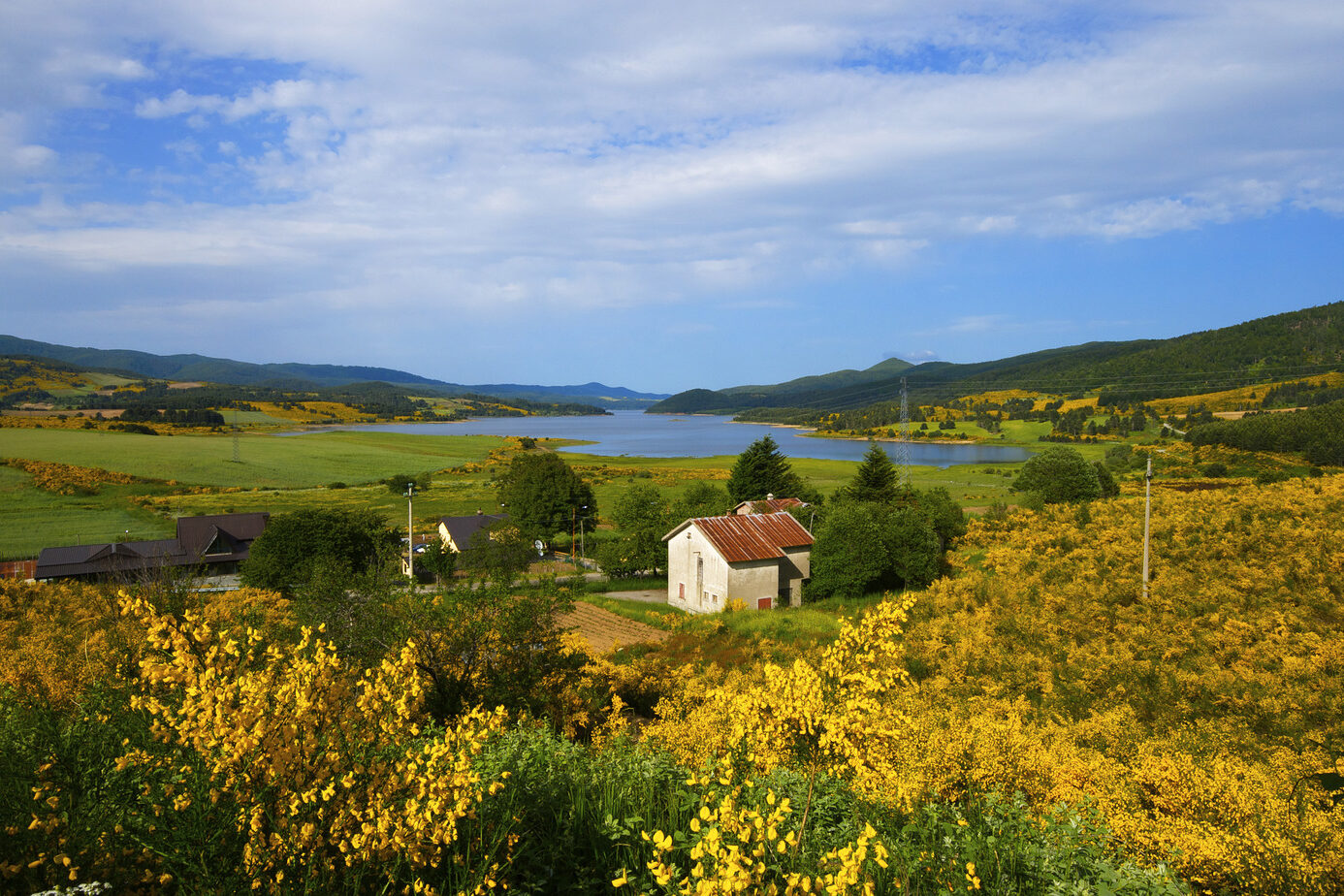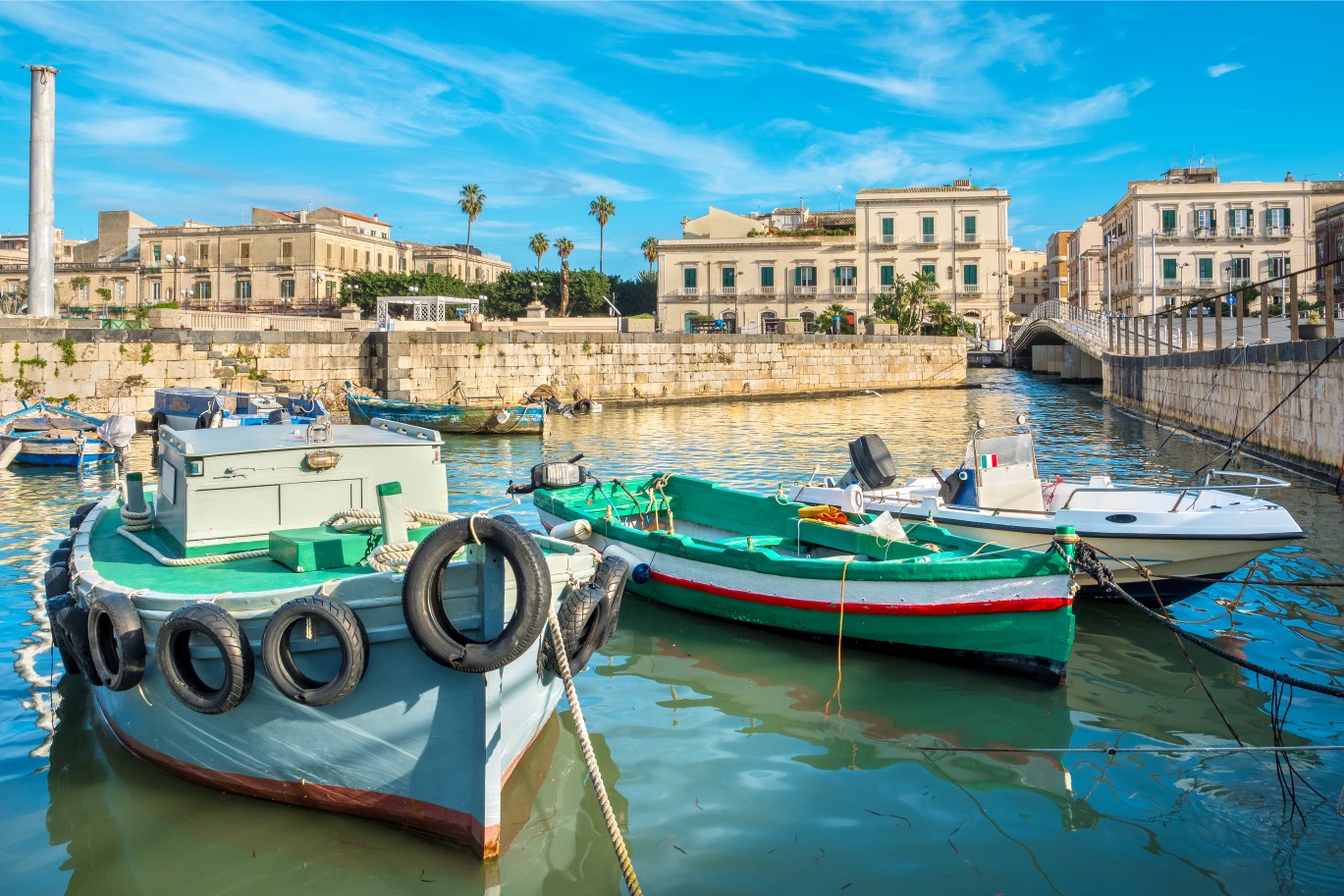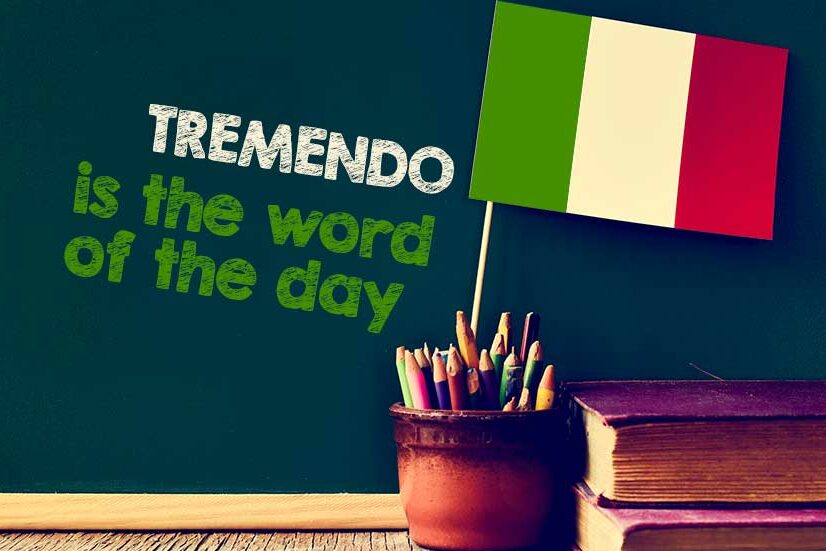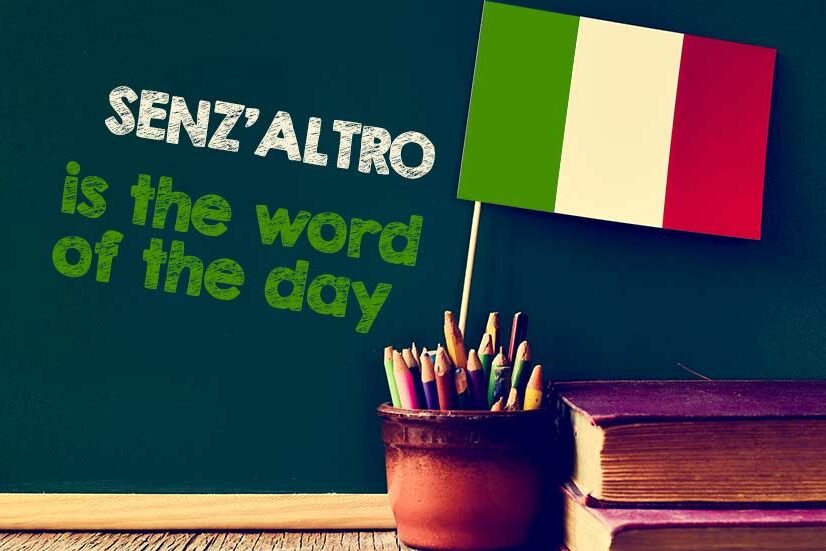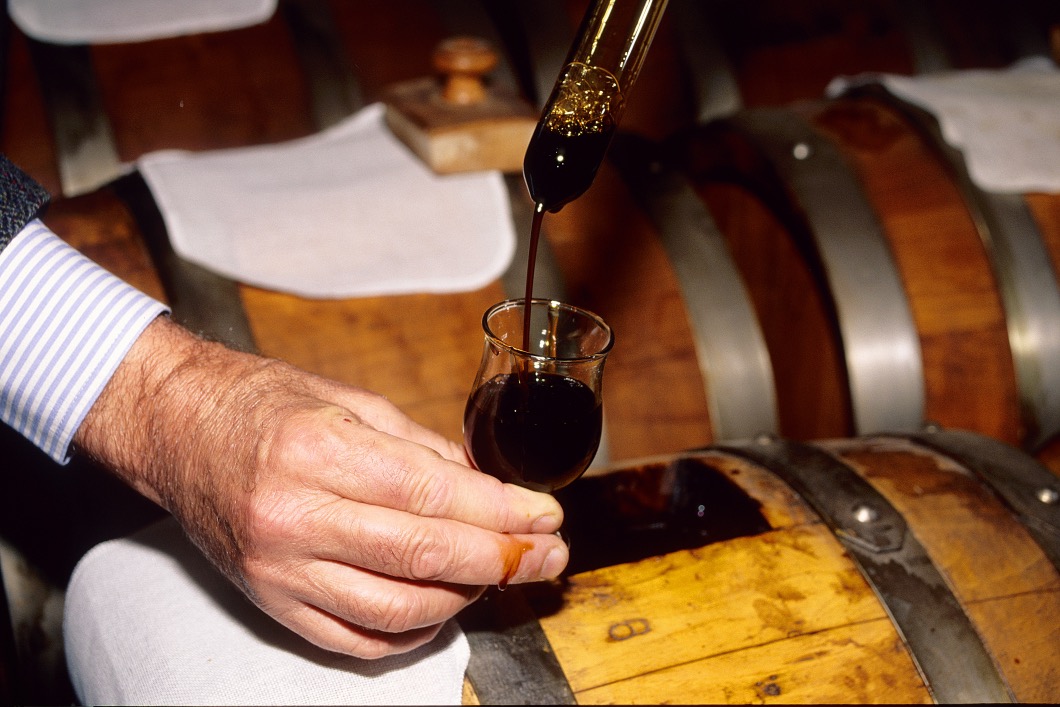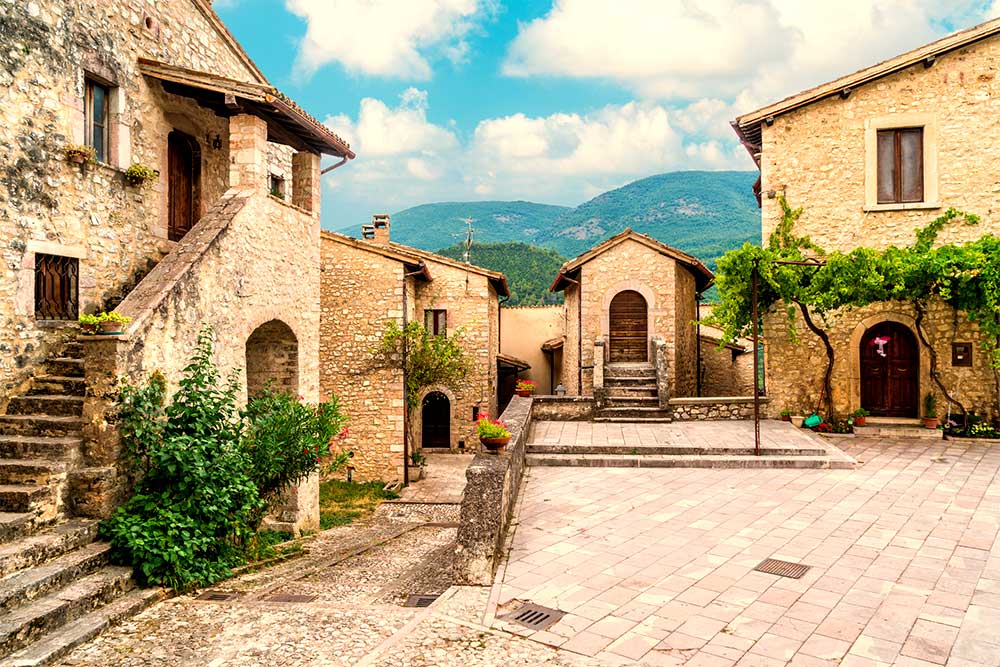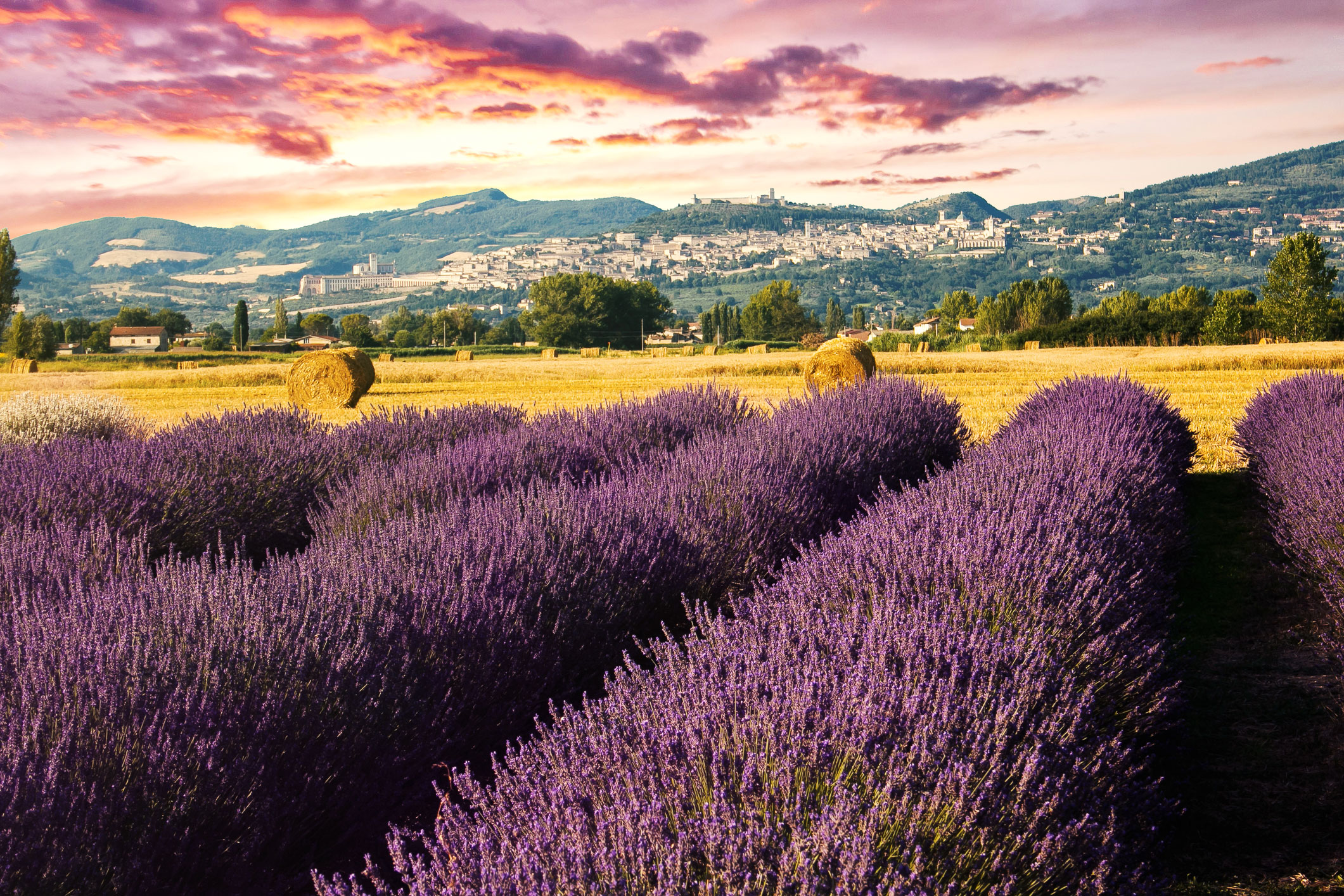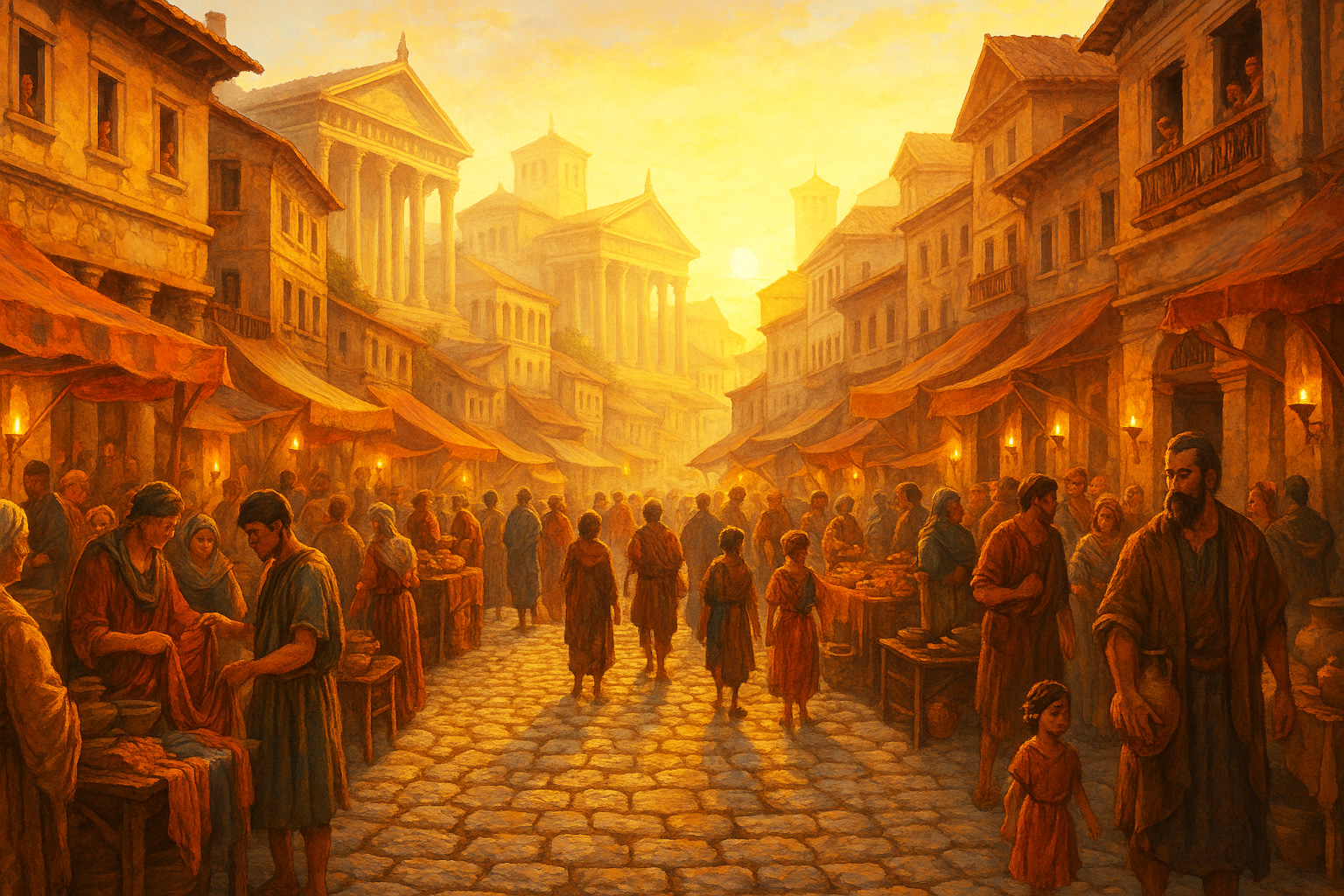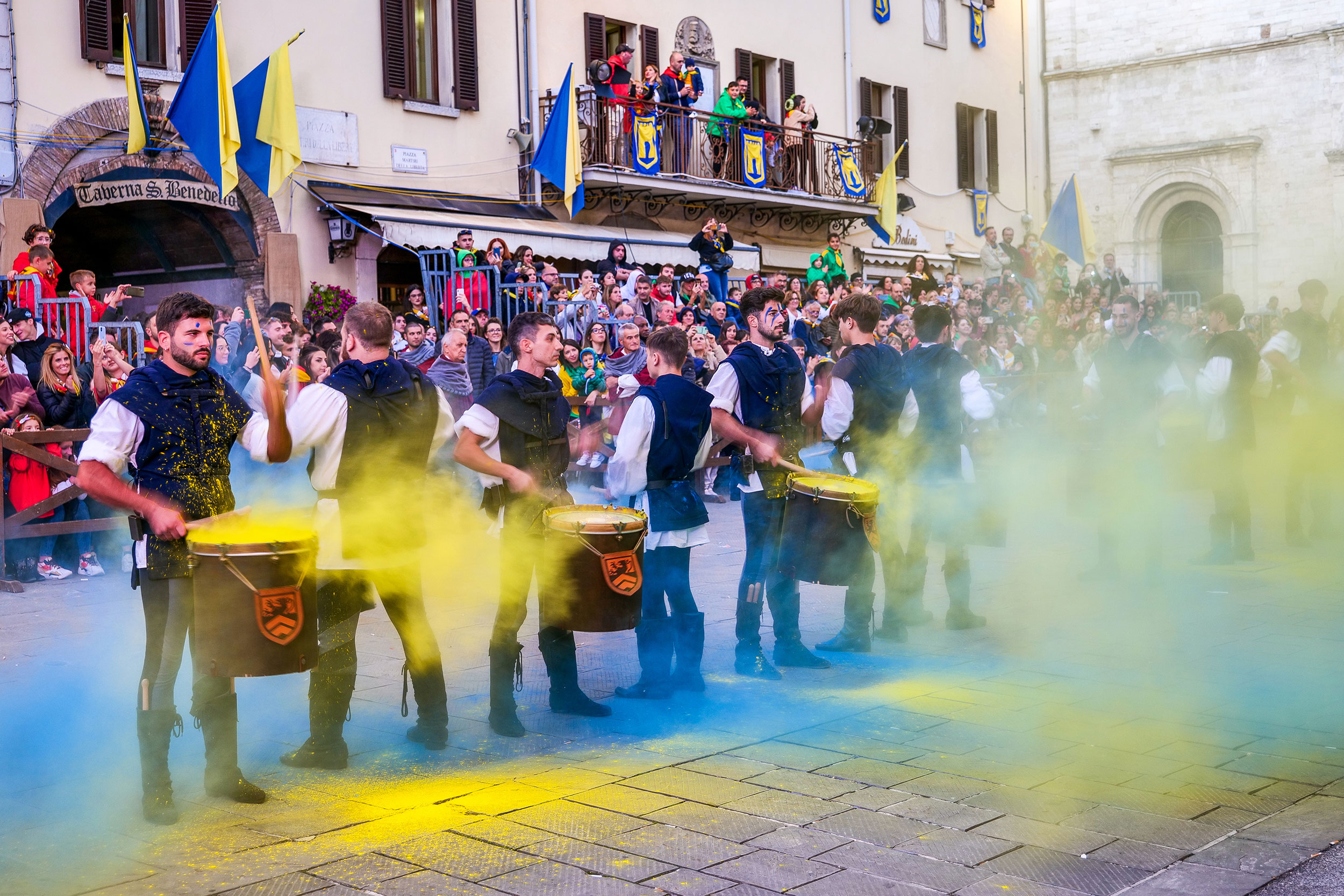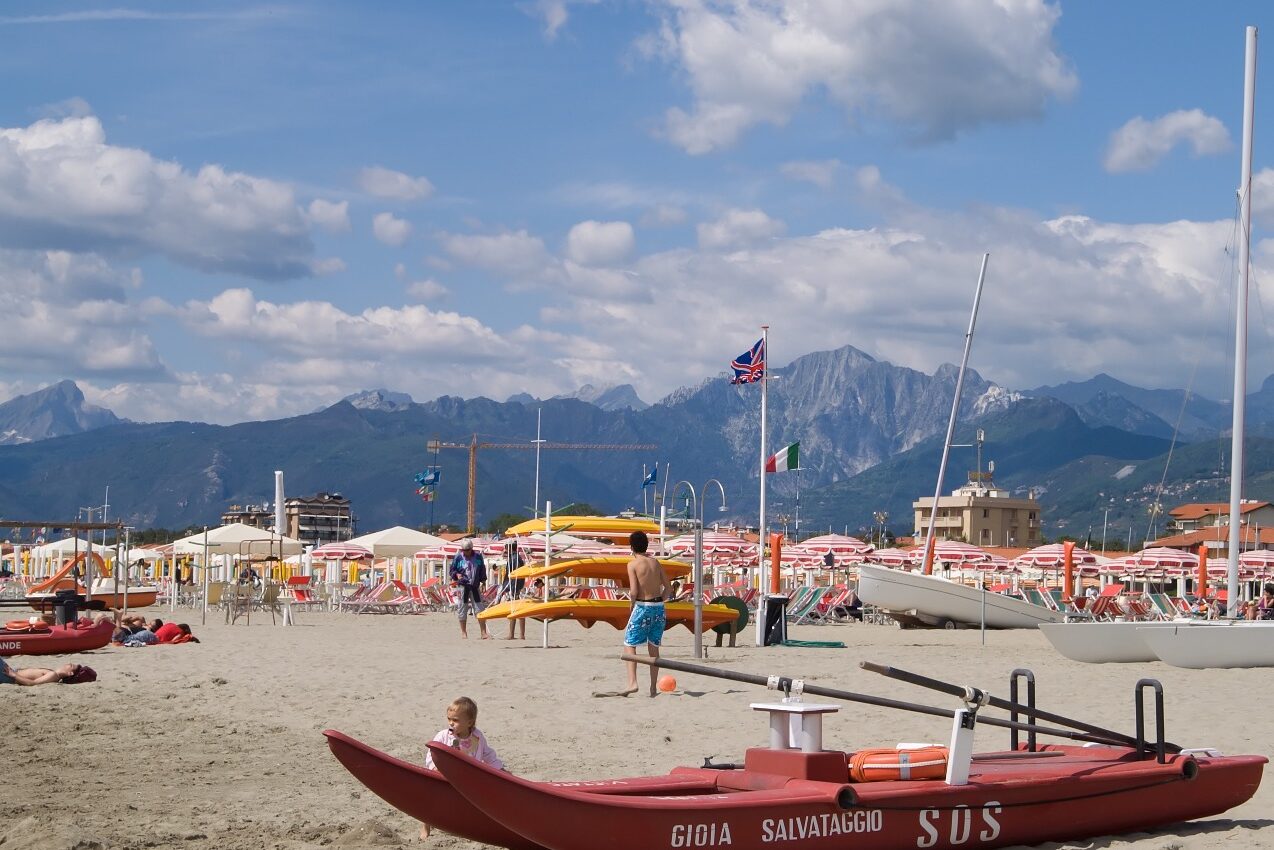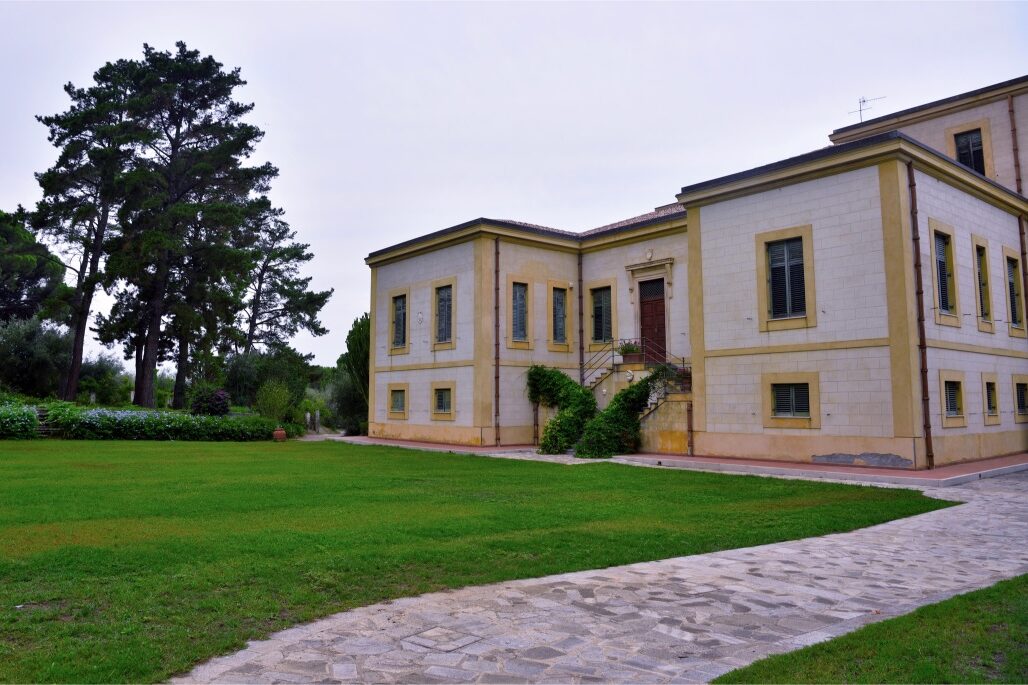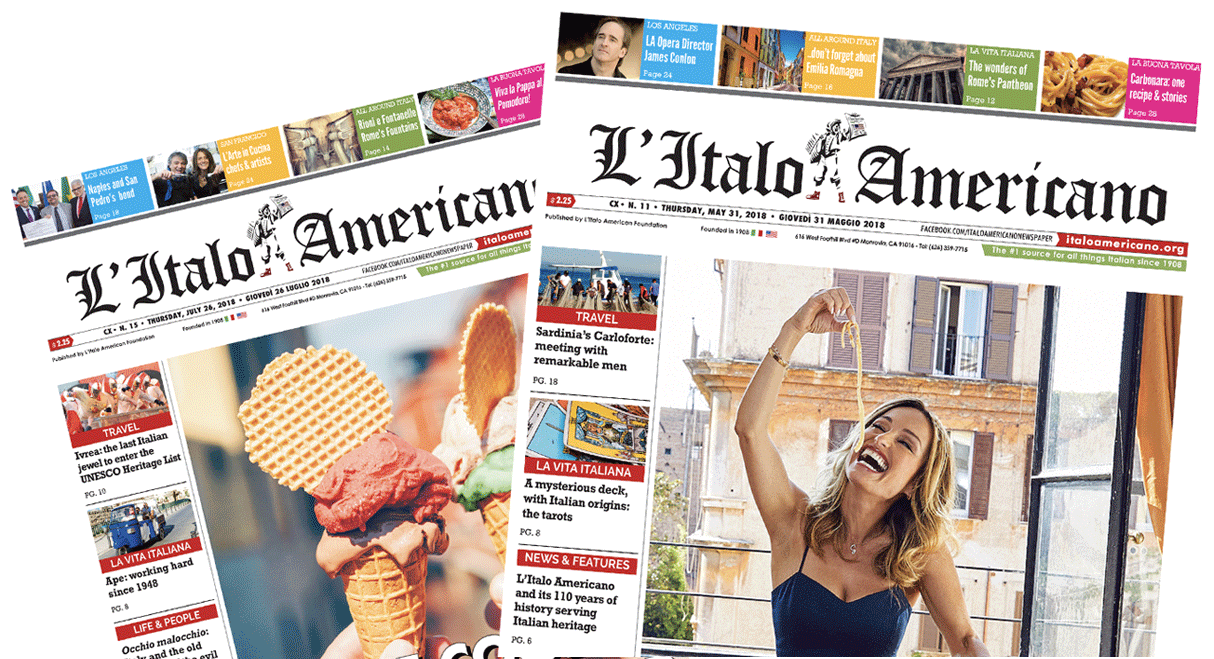The wounds left by the wildfires are still fresh, but the film industry does not stop. Soon, the most photographed and anticipated red carpet of the year will cover the dust left behind by the flames, especially in areas such as Altadena, Palisades, Pasadena, Eaton, and many other hills of Los Angeles that have been ravaged by fire.
In the background remains the despair of those who must rebuild from the burnt ashes— everything that is left of their homes. They face enormous daily challenges in reorganizing and rethinking their lives, dealing with extensive damage and environmental fears.The fires have not only released vast amounts of particulate matter and greenhouse gases into the atmosphere during those hellish days but have also scattered toxic dust, fueling what is shaping up to be one of the worst environmental crises—not just for the directly affected areas but also for the Pacific Ocean.
For instance, where will the mountains of ash that have accumulated near the beaches of the burned-out Palisades area end up — or where have they already gone? This is not just a matter of imagining the risks to swimming conditions; it is about understanding that we are witnessing an unprecedented ecological disaster, with submerged ecosystems now at risk in ways never faced before. Not even the most catastrophic Hollywood film could have imagined what actually happened. The frame of a movie would be too small to capture the full extent of this tragedy — the way it has devastated the environment, scarred the landscape, erased our historical memory of these places, and left so many people speechless, homeless, powerless, penniless, and, in some cases, without any prospects.
Yet on the Dolby Theatre stage, we will see that dazzling and frivolous world of glitz and glamour, a stark contrast to the exhausting struggle for survival that so many are still enduring in the wake of these fires. But Hollywood, true to its nature, is already looking ahead.
If we talk about expectations, Italy is crossing its fingers for Isabella Rossellini, the Italian-born, naturalized American actress. However, there is also a sense of disappointment over the exclusion of Vermiglio by Maura Delpero, which had been expected to compete in the Best International Feature category. The Academy’s jury instead selected Emilia Pérez by Jacques Audiard for France (a top contender), I am Still Here by Walter Salles for Brazil, The Seed of the Sacred Fig by Iranian filmmaker Mohammad Rasoulof (competing for Germany), Flow by Gints Zilbalodis for Latvia, and The Girl With the Needle by Magnus Van Horn for Denmark. Adding to the disappointment, Luca Guadagnino was also snubbed for Best Original Score — his film Challengers, featuring a soundtrack by Trent Reznor and Atticus Ross, failed to secure a nomination.
Italy’s only real hope now rests in the Best Supporting Actress category, where the stunning daughter of Roberto Rossellini and Ingrid Bergman will compete against Zoe Saldaña (Emilia Pérez), Ariana Grande (Wicked), Felicity Jones (The Brutalist), and Monica Barbaro (A Complete Unknown). Rossellini’s nomination is a beautiful acknowledgment of her long international career. At 72, reflecting on her illustrious parents, she shared a heartfelt message on her widely followed social media: “I would have loved for them to be alive to tell them, but they will know from above.”
In Conclave, the film that earned her this nomination, she plays a nun in a story based on Robert Harris’ novel about the behind-the-scenes intrigues of a hypothetical papal election. As the only woman in a world dominated by Church princes, she commands brief but powerful attention. With very few lines, she exudes charisma, dignity, and authority. In just ten minutes, Rossellini gives her character depth, presence, and personality, making a lasting impression. She said she drew inspiration from the nuns of her childhood, yet what truly stands out is her unconventional charm—a quality that has always been a hallmark of her career.
At 28 years old, considered a “late” start in the fashion industry, she became a model. Women identified with her because she was so different from the androgynous, sophisticated beauty standards of the time — a reassuring presence in an era of unattainable ideals. Even later in life, she was chosen as the face of a major beauty brand. With her image, an important French company marked the beginning of a new era — she became a symbol of elegance and authenticity, of timeless beauty that spoke to millions of women who, like her, were growing older.
This nomination — or rather, these ten minutes on screen that frame her gaze — once again highlight her distinctive presence.They remind us that it’s not about how much time one has, but about seeing things for what they truly are and the depth with which they are done — often, that matters more than anything else. A lesson that goes beyond Hollywood.
Hollywood si sta preparando per la Notte degli Oscar. La ferita lasciata dagli incendi è ancora fresca ma l’industria del cinema non si ferma e, a breve, il tappeto rosso più fotografato e atteso dell’anno coprirà le polveri lasciate dal fuoco soprattutto tra Altadena, Palisades, Pasadena, Eaton e molte altre colline di Los Angeles che sono state divorate dalle fiamme. Sullo sfondo restano la disperazione di chi deve ricominciare dalle ceneri bruciate, ovvero tutto ciò che resta della propria casa, dalle enormi difficoltà quotidiane di riorganizzare e ripensare tutto, e da consistenti danni e timori ambientali. Le fiamme hanno liberato in atmosfera non solo ingenti quantità di particolato e gas serra durante i giorni infernali ma anche disperso polveri tossiche per quella che si profila come una delle peggiori crisi ambientali non solo del territorio direttamente interessato dagli eventi ma anche dall’oceano Pacifico. Dove finiranno o sono finite, per esempio, le montagne di cenere che si sono accumulate in prossimità delle spiagge nell’area bruciata di Palisades? Non si tratta solo di immaginare un pericolo per la balneazione ma, evidentemente, di capire che si sta profilando un gigantesco danno per gli ecosistemi sommersi in una situazione mai fronteggiata prima.
Neanche il peggiore dei film più catastrofici proiettati a Hollywood avrebbe potuto arrivare a immaginare quanto è successo davvero. Troppo piccola la cornice di una pellicola per raccontare il dettaglio di questa tragedia, il modo in cui ha devastato l’ambiente, deturpato il paesaggio, cancellato la nostra memoria storica dei luoghi, e lasciato moltissime persone senza parole, senza case, senza luce, senza soldi, e in alcuni casi senza prospettive.
Sul palcoscenico del Dolby vedremo sfilare quella luccicante e frivola mondanità che mal si sposa con la fatica di sopravvivere a questi incendi che tantissimi stanno attraversando in questo periodo ma, appunto, Hollywood è già “proiettata” in avanti.
Se dobbiamo parlare di aspettative, l’Italia incrocia le dita per l’italiana naturalizzata statunitense Isabella Rossellini ma non nasconde un po’ di delusione per l’esclusione dalla cinquina di “Vermiglio” di Maura Delpero che si sperava potesse gareggiare nella categoria del miglior film internazionale. I giurati della Academy hanno optato per “Emilia Pérez” di Jacques Audiard per la Francia (e grande favorito), “Io sono ancora qui” di Walter Salles per il Brasile, “Il seme del fico sacro” dell’iraniano Mohammad Rasoulof che però compete per la Germania, “Flow” di Gints Zilbalodis per la Lettonia e “The Girl With the Needle” di Magnus Van Horn per la Danimarca. Tantomeno è andata giù l’esclusione di Luca Guadagnino per la miglior colonna sonora: non è entrato in nomination il suo “Challengers” che vantava la partitura musicale di Trent Reznor e Atticus Ross.
Qualche speranza è quindi riposta solo nella categoria miglior attrice non protagonista, dove in prima fila per l’Italia c’è la splendida figlia di Roberto Rossellini e Ingrid Bergman. Sfiderà Zoe Saldaña di “Emilia Pérez”, Ariana Grande in “Wicked”, Felicity Jones in “The Brutalist” e Monica Barbaro in “A Complete Unknown”.
Molto bella, comunque, la candidatura di questa attrice, modella, fotografa che a 72 anni, dopo una lunga carriera internazionale, pensando ai genitori illustri, dice sui suoi seguitissimi social: “Avrei tanto desiderato che fossero vivi per dirglielo, ma lo sapranno comunque da lassù”.
Interpreta una suora nel film “Conclave”, basato sul romanzo di Robert Harris che racconta il dietro le quinte di un’ipotetica elezione di un nuovo Papa. Unica donna in un mondo di principi della Chiesa, diventa per un attimo maestosa e potente: pur parlando pochissimo, è fortemente carismatica, dignitosa, autoritaria. In appena dieci minuti Rossellini dà corpo, sguardo e carattere a una figura che lascia il segno nel film. Si è ispirata, ha detto, alle suore della sua infanzia ma quello che emerge è il suo fascino non convenzionale. Una caratteristica che in fondo ha sempre fatto capolino nella sua carriera. A 28 anni, un’età considerata “avanzata” per l’industria della moda, è diventata modella. Vincente il fatto che le donne si identificassero in lei, così diversa dai canoni androgini e sofisticati dell’epoca e così rassicurante. Anche più avanti con gli anni, è stata scelta come il volto di una grande casa di prodotti di bellezza: è con la sua immagine che un importante brand francese inaugurò una nuova era: lei testimonial di eleganza e autenticità, di bellezza senza tempo capace di incantare milioni di donne che invecchiavano come lei. Questa nomination, o piuttosto questi 10 minuti di telecamera che incorniciano il suo sguardo, tornano a mostrarne il fascino seduttivo.
Ci dicono semplicemente che non importa il tempo a disposizione ma lo sguardo autentico sulla realtà e l’intensità con cui si fanno le cose: spesso funzionano meglio di qualsiasi altra cosa. Una lezione al di là di Hollywood.
